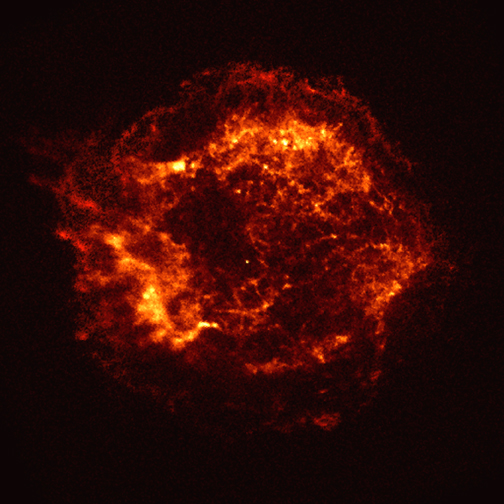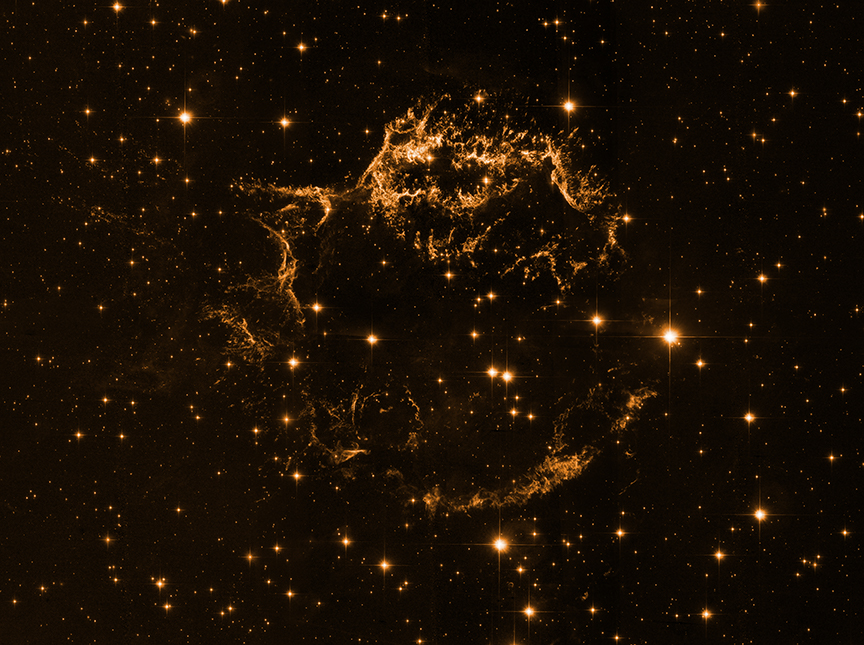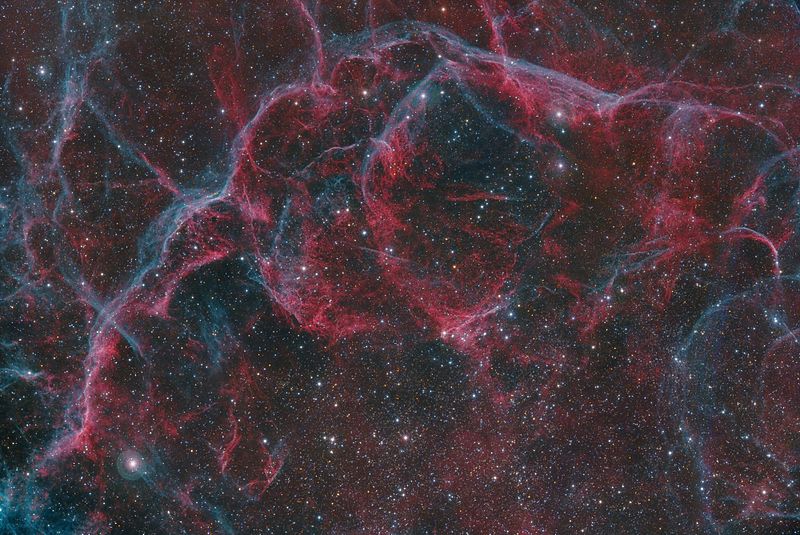Art (neufer) --
Thanks for sharing this relevant work from Wikipedia. I was happy to gain some of this additional learning. I do have a question about the sourcing here, though. I think you did a little cutting and pasting. I'm referring to your second citation of:
https://en.wikipedia.org/wiki/Phosphorus#Universe .
The part I have put a border around below is not in that article in that place.
neufer wrote: ↑Sat Jan 23, 2021 3:59 pm
. . .
I point this out, not to criticize, but because I was trying to figure out something in that citation. So, on further investigation, I see that
almost everything in that boxed portion did come from the very same Wikipedia article, just earlier in the article than the rest. The first sentence, and also the third sentence and everything after it
are in that Wikipedia article, up in the opening section of it. No problem.
That leaves the second sentence in that boxed part. I now see that you had marked this sentence as an insert; it has square brackets around it. So, the sentence in question is:
[Almost 99% of the mass of the human body is made up of six elements: hydrogen (H), carbon (C), nitrogen (N), oxygen (O), calcium (Ca), and phosphorus (P) (CHNOPS for short).]
Sure enough, though, that was the sentence that had given me pause. Here's a revision of it:
https://socratic.org/questions/548f1e30581e2a6c73538706
What does CHNOPS stand for?
Biology
1 Answer
Johnny L. · Media Owl
Dec 15, 2014
The acronym CHNOPS is often used to remember the 6 most common elements in living things: carbon, hydrogen, nitrogen, oxygen, phosphorus, and sulfur. The first four of those (C, H, N, and O) are more common than the last two (P and S), so that's the simple answer to your question.
Since all life (or almost all life) is organically based, carbon is incredibly abundant in living things. Its flexible bonding allows it to make many types of molecules, including macromolecules like carbohydrates, proteins, lipids, and nucleic acids. Nitrogen is present in proteins, which make up a large percentage of the solid material of organisms' bodies. Hydrogen and oxygen are present in many macromolecules as well as being the constituents of water.

- capture.gif (8.39 KiB) Viewed 9064 times
So the CHNOPS acronym lists the most common elements for Earth life in general, and the S is for Sulfur. However, the list of top elements in the human body is slightly different. The top elements in the human body (by number of atoms
-- not mass) are: Hydrogen, Oxygen, Carbon, Nitrogen, Calcium, and Phosphorus. For humans, Sulfur is a distant 7th, closely followed in abundance by Sodium and Potassium, then in smaller amounts Chlorine and Magnesium, and then "trace" elements.
So, again, your inserted statement about the top 6 elements in the human body is correct, and they do comprise over 99% of the atoms and over 98% of the mass. (They just don't match the CHNOPS acronym.)
So ends my long-winded quibble.
 Recycling Cassiopeia A
Recycling Cassiopeia A







